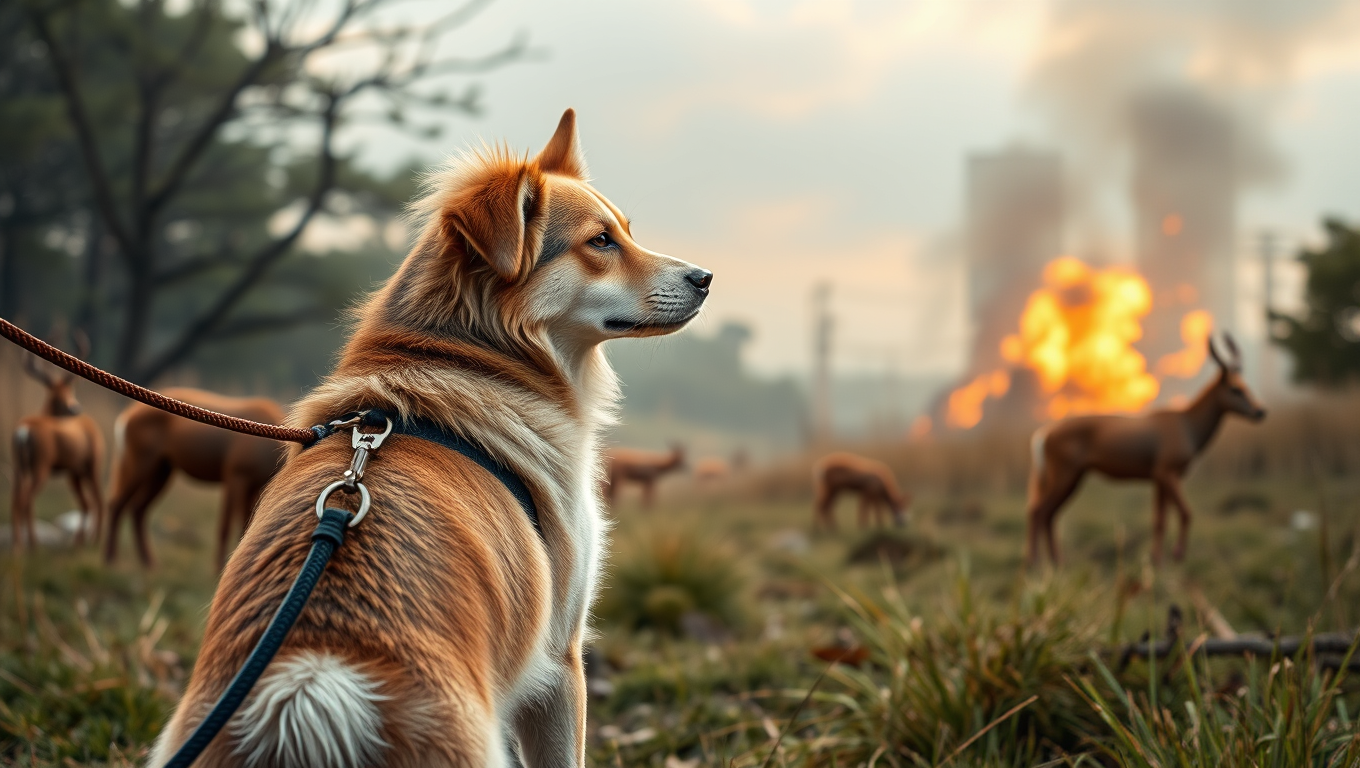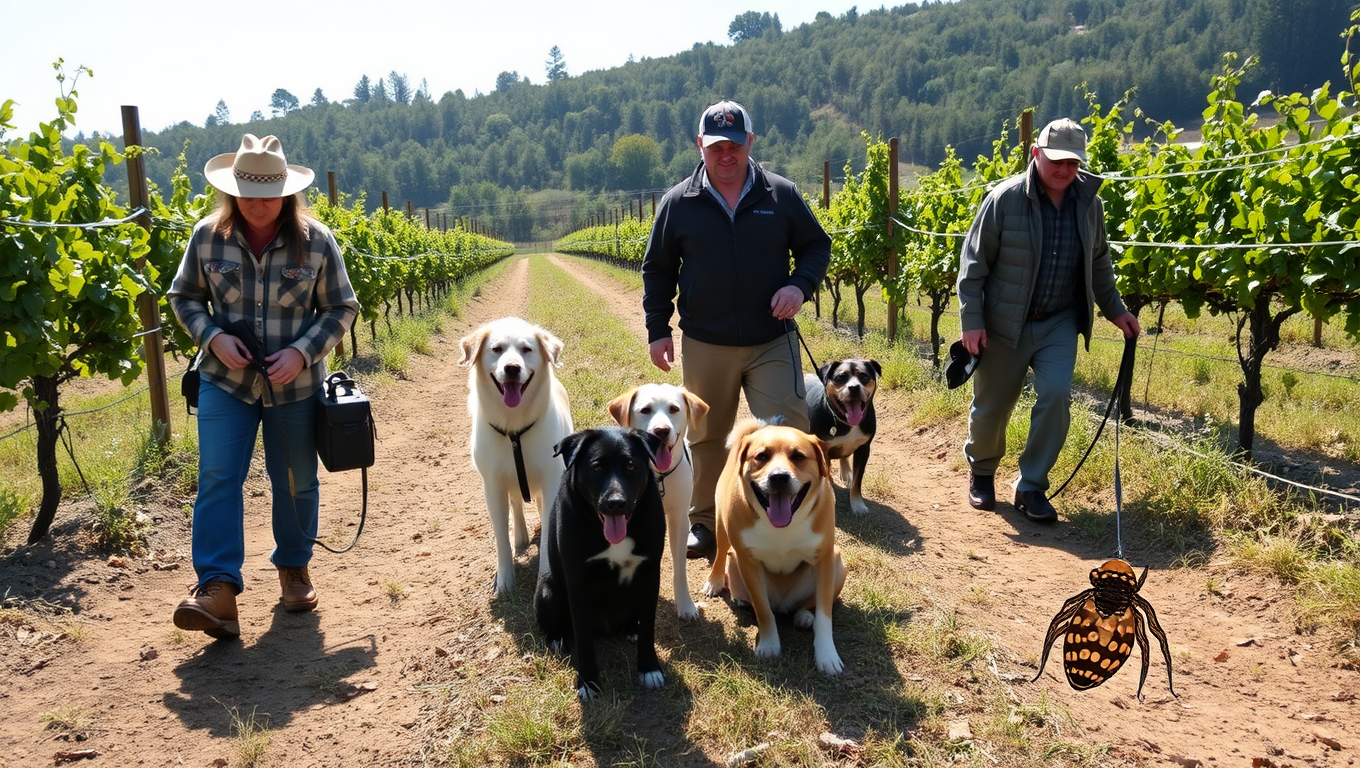While we try to keep things accurate, this content is part of an ongoing experiment and may not always be reliable.
Please double-check important details — we’re not responsible for how the information is used.
Dogs
The Dark Side of Man’s Best Friend: Uncovering the Environmental Impact of Pet Dogs
New research into the overlooked environmental impact of pet dogs has found far-reaching negative effects on wildlife, ecosystems and climate.

Animal Learning and Intelligence
Can Dogs See Through a Person’s Kindness? A Surprising Study Says No
Despite our strong belief in dogs’ ability to sense good from bad in people, new research shows they may not actually judge human character, at least not in the way we think. When dogs watched how humans treated other dogs, they didn’t favor the kinder person later. Even direct interactions didn’t sway their behavior. The study suggests dogs’ reputational judgments might be more nuanced—or harder to study—than we realized.
Dogs
“Dogs as Conservation Detectives: Unleashing the Power of Citizen Scientists in Fighting Invasive Species”
Dogs trained by everyday pet owners are proving to be surprisingly powerful allies in the fight against the invasive spotted lanternfly. In a groundbreaking study, citizen scientists taught their dogs to sniff out the pests’ hard-to-spot egg masses with impressive accuracy. The initiative not only taps into the huge community of recreational scent-detection dog enthusiasts, but also opens a promising new front in protecting agriculture. And it doesn’t stop there—these canine teams are now sniffing out vineyard diseases too, hinting at a whole new future of four-legged fieldwork.
Animal Learning and Intelligence
The Generous Giants: Unpacking the Mystery of Killer Whales Sharing Fish with Humans
Wild orcas across four continents have repeatedly floated fish and other prey to astonished swimmers and boaters, hinting that the ocean’s top predator likes to make friends. Researchers cataloged 34 such gifts over 20 years, noting the whales often lingered expectantly—and sometimes tried again—after humans declined their offerings, suggesting a curious, relationship-building motive.
-

 Detectors7 months ago
Detectors7 months agoA New Horizon for Vision: How Gold Nanoparticles May Restore People’s Sight
-

 Earth & Climate9 months ago
Earth & Climate9 months agoRetiring Abroad Can Be Lonely Business
-

 Cancer8 months ago
Cancer8 months agoRevolutionizing Quantum Communication: Direct Connections Between Multiple Processors
-

 Albert Einstein9 months ago
Albert Einstein9 months agoHarnessing Water Waves: A Breakthrough in Controlling Floating Objects
-

 Earth & Climate8 months ago
Earth & Climate8 months agoHousehold Electricity Three Times More Expensive Than Upcoming ‘Eco-Friendly’ Aviation E-Fuels, Study Reveals
-

 Diseases and Conditions9 months ago
Diseases and Conditions9 months agoReducing Falls Among Elderly Women with Polypharmacy through Exercise Intervention
-

 Chemistry8 months ago
Chemistry8 months ago“Unveiling Hidden Patterns: A New Twist on Interference Phenomena”
-

 Agriculture and Food8 months ago
Agriculture and Food8 months ago“A Sustainable Solution: Researchers Create Hybrid Cheese with 25% Pea Protein”





























